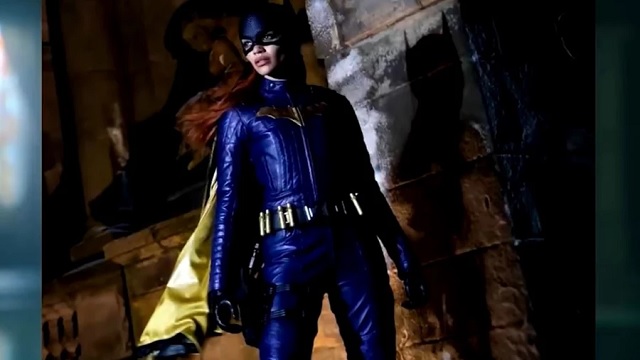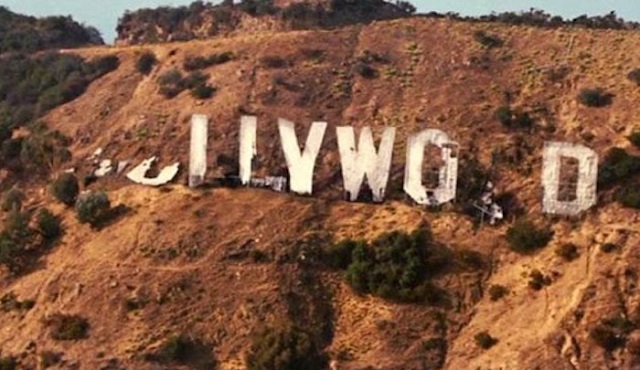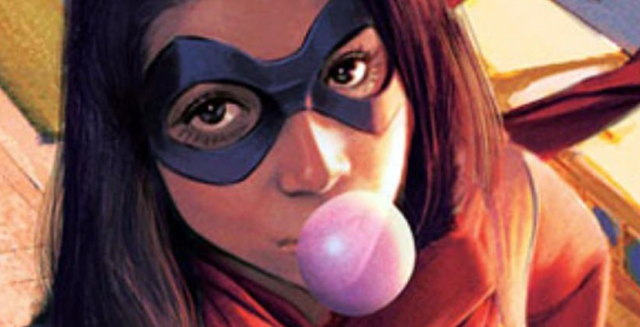172,202 Murdered by Muslims Since Marvel’s Muslim Superhero Debuted

Marvel Wants Us to Mourn Her Fictional Death.
After ten years of failing to make their Muslim superhero popular, during which they’ve tried everything except making her compelling, Disney/Marvel just killed off Ms. Marvel in the comic books, likely in an attempt to try to make her relevant through sympathy as she will appear in an all-female movie that no one asked for, The Marvels, this November. The Ms. Marvel live action streaming show on Disney Plus is their lowest-viewed show. And Disney/Marvel only allows Muslims to write her adventures (unlike with Captain America, where they only allow anti-American leftists to write the patriot’s exploits), and dishonest Muslims at that, who are as leftist as they are Muslim. I attempted to become a watchdog for the comic book when it debuted, but I tapped out after only four issues, as it was mind-numbingly boring, and underhandedly propagandistic: Islam is good, Muslims are good, and there’s no such thing as jihad. The only reason we began to talk about Islam was jihad, and so of course the leftists at Disney/Marvel kept jihad out of their comic book, streaming series, and upcoming movie.
Marvel often boasts that their fictional world is “the world outside your window.” Well, the world outside of Marvel’s New York windows saw the atrocity of 9/11 take place, and Marvel mainly responded with crying fireman and crying cops, as if that’s what was needed in the face of evil. And they had their superheroes helping do the clean-up after the attacks, but didn’t have any of them hunt down the jihadists. If you’re going to allow the reality of 9/11 into your comic books, then you better allow at least one of your superheroes, one of the ruthless ones, to do what needs to be done, even if only in fiction.
So back to Ms. Marvel and her death, which Marvel is trying its best to create a buzz over, but the problem is that most people don’t even know about her. Also, she’s not being killed off in her own comic book, because she currently doesn’t have her own comic book. She’s being killed off in the pages of Marvel’s most popular superhero, Spider-Man, in order to try to make her appear important by association. And in a cover for an upcoming unearned tribute to Ms. Marvel, Spider-Man is on his knees, with his hands over his face, hysterically crying over the death of someone he barely knows. It’s embarrassing, but Marvel’s entire attempt to try to make her appear as a worthwhile character has been embarrassing. Based on her words and actions, no one would ever assume that she’s a Muslim. She’s Muslim the way Biden is president.
And in the ten years of her appearances across comic books, video games, cartoons, streaming shows and movies, Marvel kept her clear from doing what they now routinely do with their characters, that is, making them lock lips with someone of the same sex. I guess they thought twice about doing that because Muslims aren’t as permissive as most are about such matters.
Also, there’s another factor that may be behind this unexpected killing of a Muslim character. The Muslim Marvel editor who’s to blame for this relentlessly unpopular character is named Sana Amanat. She wears an Arafat scarf at comic book conventions. Amanat saw the gutless leftists at Marvel and made her move by pitching a Muslim superhero that she knew would not be denied, and once in, they’d never dare cancel the comic book. And so “Marvel’s First Muslim Superhero!” was born, which isn’t even true, as a British comic book writer, Grant Morrison, who tellingly declared himself a pacifist right after 9/11, created a Muslim mutant character, Dust, for the X-Men. And there likely were others before that. But since no one remembers those characters, Marvel touted its first Muslim superhero, as if having one were somehow a badge of honor. As for Amanat, as is often the case these days, whenever a non-white, non-straight employee of major companies such as Disney/Marvel acts in ways that are either scandalous or criminal, these companies never outright fire them, but quietly remove them from their positions. And that appears to be the case with Sana Amanat, who was once a reliable media whore, but who hasn’t been seen for a long time. And despite Disney/Marvel’s silence on the matter, some who claim to be insiders have said that she violated company policies in some damning way. So maybe getting rid of the character has something to do with getting rid of Amanat.
And while I mock Disney/Marvel and its Islamophilia, and it should be mocked, there really is something sinister about what it has done here. The comic book and streaming series is enemy propaganda produced by a domestic enemy for a foreign enemy. Even though innocent people continue to be murdered around the world by Islam’s true believers, a major American entertainment company has promoted a character who shares the same ideology as the Islamic enemy.
Superheroes were once a way for cartoonists during World War II to smash our enemies, to give themselves and their readers a much-needed taste of victory over them. Can you imagine Joe Simon and Jack Kirby, instead of creating Captain America in order to fight Nazis during World War II, creating a German superhero, while completely ignoring Nazis and the Holocaust? That’s what was going on with Disney/Marvel’s ten-year run of Islamic propaganda in wartime.
AUTHOR
RELATED VIDEO: This Week In Jihad with David Wood and Robert Spencer
RELATED ARTICLES:
Germany: Muslim savagely beats Jewish man, then rapes underage girl while on trial
UK: Man converts to Islam, admits to plot to murder ex-Muslim Christian preacher Hatun Tash
Nigeria: Muslims murder 42 Christians in farming communities
Tareena Shakil, From ISIS Recruit to Fashion Blogger
EDITORS NOTE: This Jihad Watch column is republished with permission. All rights reserved.





